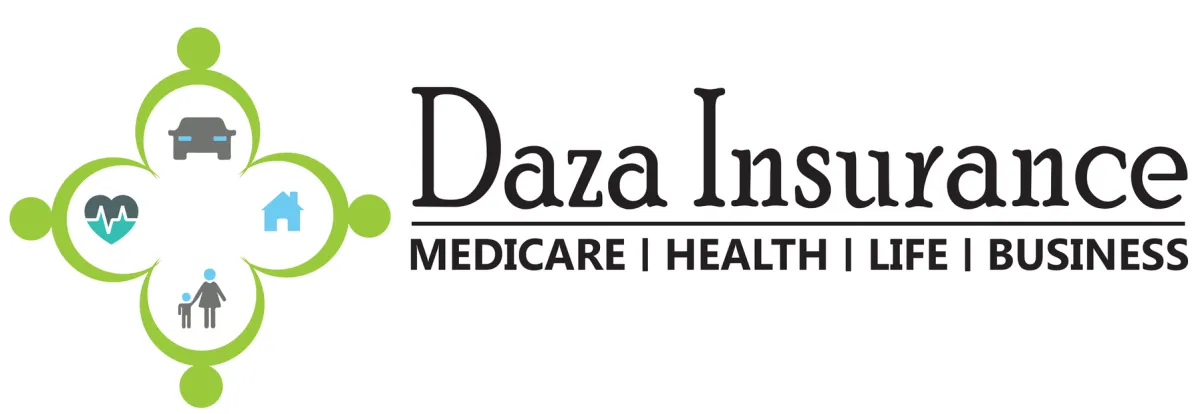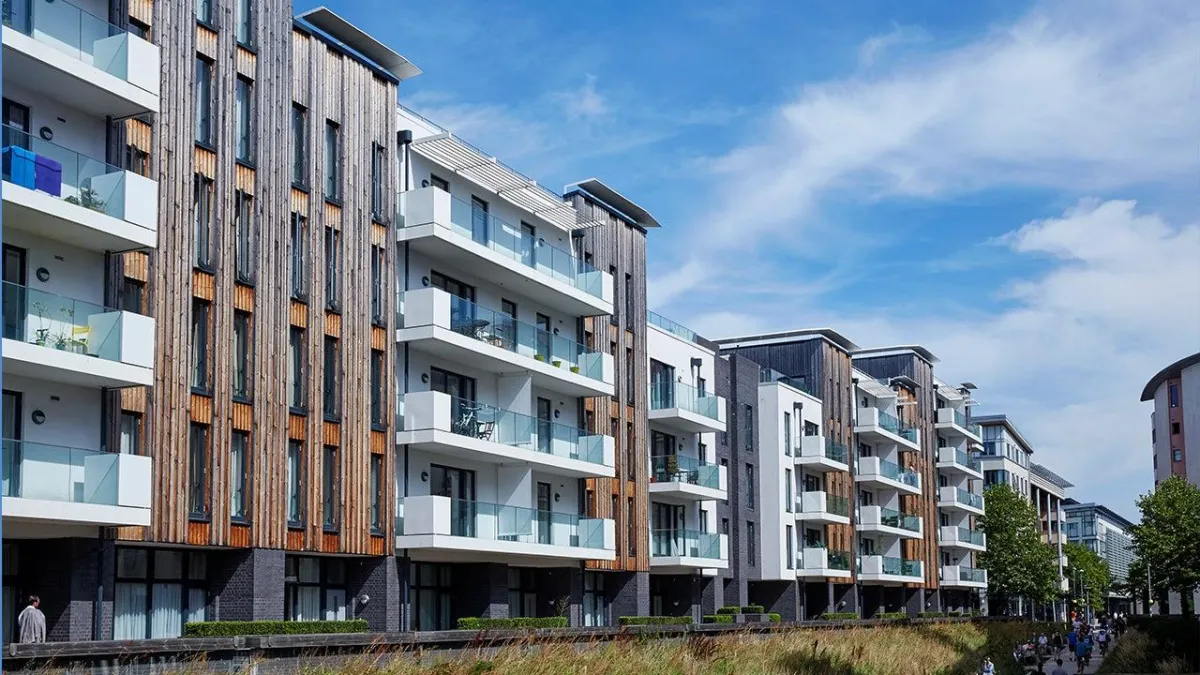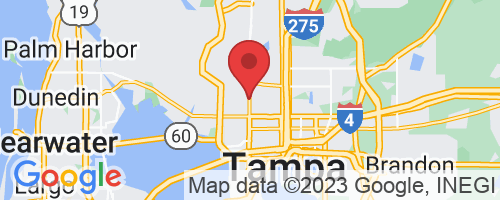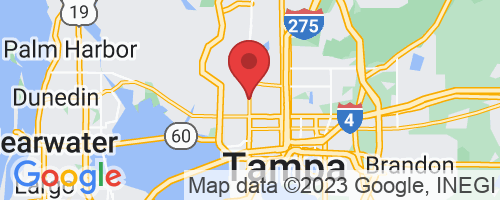
HOME OWNER INSURANCE
Homeowners' insurance covers damage or loss by theft and against perils which can include fire, and storm damage. It also may insure the owner for accidental injury or death for which the owner may be legally responsible. Mortgage lenders usually require homeowners' insurance as part of the mortgage terms.
The standard homeowners' insurance policy is divided into several component parts:
Coverage A: Dwelling itself
Coverage B: Other structures, like sheds and fences
Coverage C: Personal property
Coverage D: Loss of use
Coverage L: Personal Liability
Coverage M: Medical Payments to Others
While homeowners' insurance can specifically refer to the insurance of a house or home insurance, it also encompasses the insurance of other types of structures associated with personal residences including tenants (renters) and condominium unit owners.
Depending of the house or property you want to insure, keep in mind that there are different types of forms to choose from. Some of the most popular forms are:
HO1. Basic form. The basic type of homeowners’ insurance only covers 10 perils: fire or smoke, explosions, lightning, hail and windstorms, theft, vandalism, damage from vehicles, damage from aircraft, riots and civil commotion, and volcanic eruption. Anything that happens because any of these perils, is not covered.
A peril is a potential event or factor that can cause a loss, such as the possibility of a fire that could engulf a house.
HO2. Broad form. Aside from covering the home’s structure, HO-2 usually covers personal belongings, and some policies provide coverage for personal liability. The broad type of homeowners’ insurance covers all of the perils named in HO-1.
HO3. Special form. If you are the home owner and reside in the property, then you may use this form. Typically, an HO-3 policy will cover the home’s structure, as well as any structures that are attached, like a carport or garage. The policy should also provide coverage for personal belongings and personal liability, if someone is injured on the insured property. HO-3 is commonly offered by today’s leading home insurers.
HO8 Old Home form. These types of policies are typically used to cover homes that are 40-years old or older. If homes built decades ago are damaged or destroyed, then the materials needed for replacement are often more expensive than the home’s value. So, insurance companies use this type of home insurance to offer affordable coverage to people who own older homes.
Now, if you are a renter you may need a form named HO4
HO4. Does not provide coverage for any structures. Most renters insurance are named-peril policies that cover the same perils listed in HO-2 policies. Renters insurance usually provides coverage for personal property, liability, medical payments to others, and additional living expenses resulting from loss of use.
If own a condo, then you may need a HO6 form. The condo type of home insurance is often referred to as “walls-in” coverage, because it covers the interior of a structure, while the condo association’s master policy will cover the exterior structure and common areas.
Homeowners' insurance covers damage or loss by theft and against perils which can include fire, and storm damage. It also may insure the owner for accidental injury or death for which the owner may be legally responsible. Mortgage lenders usually require homeowners' insurance as part of the mortgage terms.
The standard homeowners' insurance policy is divided into several component parts:
Coverage A: Dwelling itself
Coverage B: Other structures, like sheds and fences
Coverage C: Personal property
Coverage D: Loss of use
Coverage L: Personal Liability
Coverage M: Medical Payments to Others

While homeowners' insurance can specifically refer to the insurance of a house or home insurance, it also encompasses the insurance of other types of structures associated with personal residences including tenants (renters) and condominium unit owners.
Depending of the house or property you want to insure, keep in mind that there are different types of forms to choose from. Some of the most popular forms are:
HO1. Basic form. The basic type of homeowners’ insurance only covers 10 perils: fire or smoke, explosions, lightning, hail and windstorms, theft, vandalism, damage from vehicles, damage from aircraft, riots and civil commotion, and volcanic eruption. Anything that happens because any of these perils, is not covered.
A peril is a potential event or factor that can cause a loss, such as the possibility of a fire that could engulf a house.
HO2. Broad form. Aside from covering the home’s structure, HO-2 usually covers personal belongings, and some policies provide coverage for personal liability. The broad type of homeowners’ insurance covers all of the perils named in HO-1.
HO3. Special form. If you are the home owner and reside in the property, then you may use this form. Typically, an HO-3 policy will cover the home’s structure, as well as any structures that are attached, like a carport or garage. The policy should also provide coverage for personal belongings and personal liability, if someone is injured on the insured property. HO-3 is commonly offered by today’s leading home insurers.
HO8 Old Home form. These types of policies are typically used to cover homes that are 40-years old or older. If homes built decades ago are damaged or destroyed, then the materials needed for replacement are often more expensive than the home’s value. So, insurance companies use this type of home insurance to offer affordable coverage to people who own older homes.
Now, if you are a renter you may need a form named HO4
HO4. Does not provide coverage for any structures. Most renters insurance are named-peril policies that cover the same perils listed in HO-2 policies. Renters insurance usually provides coverage for personal property, liability, medical payments to others, and additional living expenses resulting from loss of use.
If own a condo, then you may need a HO6 form. The condo type of home insurance is often referred to as “walls-in” coverage, because it covers the interior of a structure, while the condo association’s master policy will cover the exterior structure and common areas.


